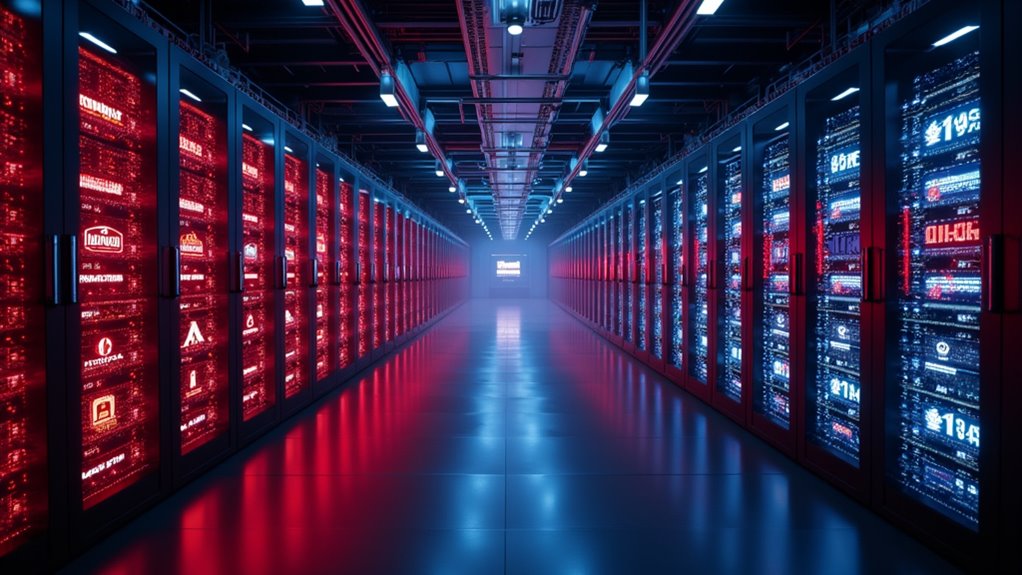FutureHouse’s superintelligent AI agents leave human researchers eating their dust by automating tasks that used to take months—think automatic hypothesis generation, 24/7 data crunching, and even chatting with each other like the Avengers of academic science. Literature review? They blitz through it. Need to track tiger populations from space? Done before most folks finish lunch. Researchers, meanwhile, get bumped up to strategist—instead of spreadsheet jockey. Intrigued why humans suddenly feel like supporting cast? Stick around, this story gets stranger.
Even in a world where AI is seemingly everywhere (your fridge can book a flight now, who knew?), FutureHouse has decided to swing for the scientific fences. Their mission? Forget just automating your calendar—how about automating entire fields of scientific discovery, especially those labyrinthine areas like biology? As a non-profit with a philanthropic funding model, FutureHouse is shoving profit aside and focusing on open-access tools, aiming for nothing less than a research revolution.
Starting May 2025, their superintelligent agents are available to anyone with an internet connection—no secret handshake required. Importantly, these agents were launched for public access in May 2025, marking a pivotal shift in who can harness advanced AI for scientific research. FutureHouse also focuses on superintelligent AI agents for scientific discovery, providing new ways for users to interact with and benefit from cutting-edge research tools.
From May 2025, anyone online can tap into FutureHouse’s superintelligent agents—no gatekeeping, just pure scientific horsepower.
What really sets FutureHouse apart isn’t just accessibility. Their AI agents don’t need lunch breaks, sleep, or morale-boosting TED talks. These systems:
- Generate hypotheses automatically (imagine brainstorming sessions that never end, but without the stale coffee).
- Synthesize data across disciplines, spotting patterns that would leave a Nobel laureate scratching their head.
- Run around the clock, because, hey, “rest” is for carbon-based life forms.
Plug in via web interface or API, and suddenly, you’ve got a tireless research assistant. Or, if you’re feeling bold, train a custom agent for your niche project—maybe quantum biology, or the ever-mysterious field of why cats knock things off tables.
The technological backbone is equally wild. Agent-to-agent communication means these AIs can collaborate, not just with you, but with each other—think Avengers, but for science. Similar to how AI helps monitor endangered wildlife, these agents can process satellite imagery to track environmental changes that impact biological systems.
Decision transparency tools let you peek into their reasoning, so you don’t have to just “trust the magic.” Fail-safes, continuous learning, and scalable cloud architecture round out the system, keeping human error (and meltdown) at bay.
For researchers, it’s a paradigm shift. Tasks that once ate up weeks—literature reviews, peer reviews, sorting through failed experiments—are handled in hours or less.
Humans move from pipette-wielders to strategy directors. The catch? The skill gap narrows, but so does the need for hands-on grunt work. It’s exhilarating, a bit unnerving, and undeniably game-changing. FutureHouse’s agents aren’t just tools—they’re redefining what it even means to “do science.”









